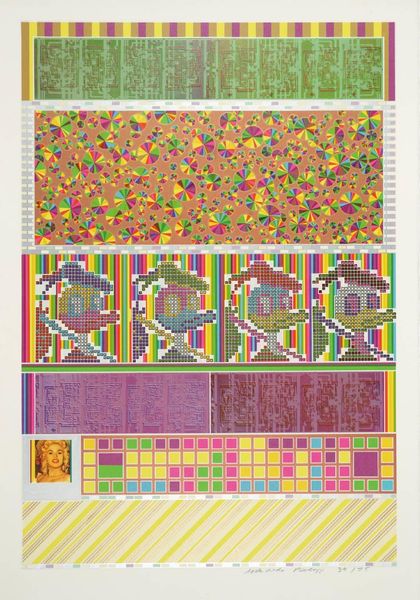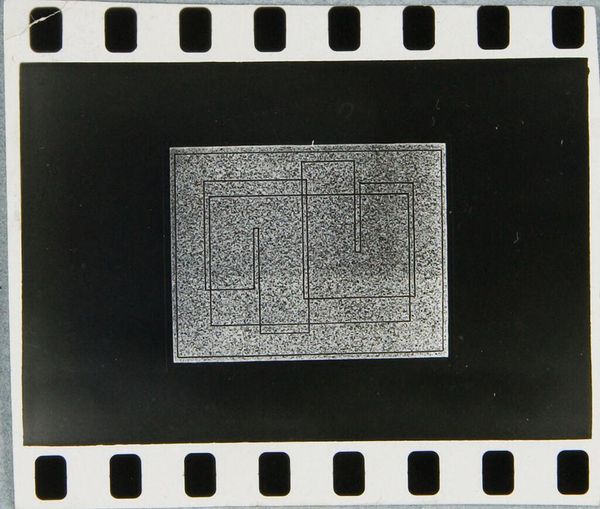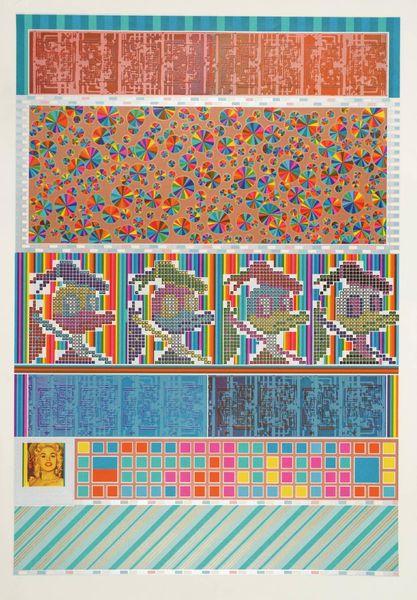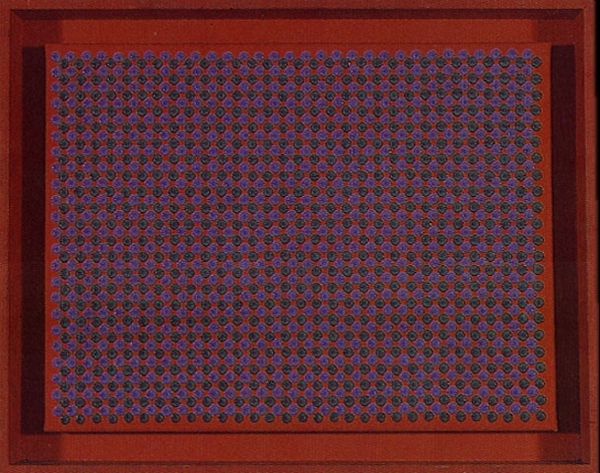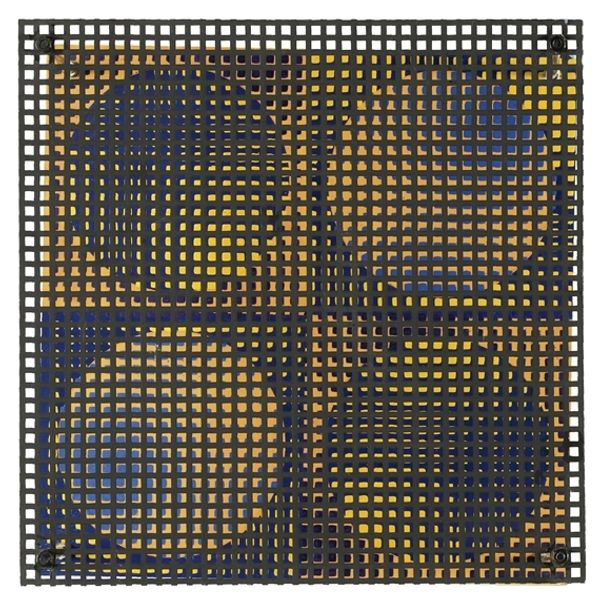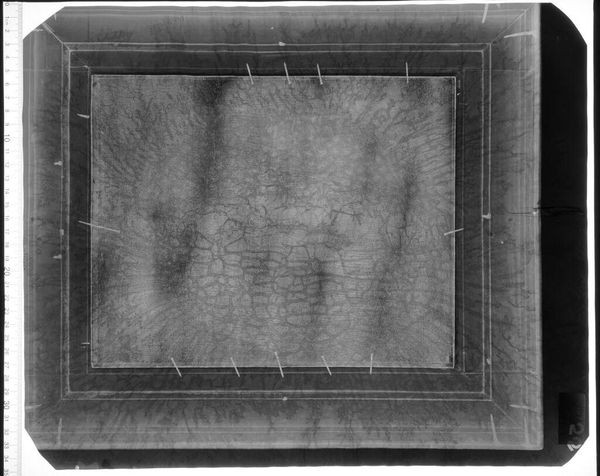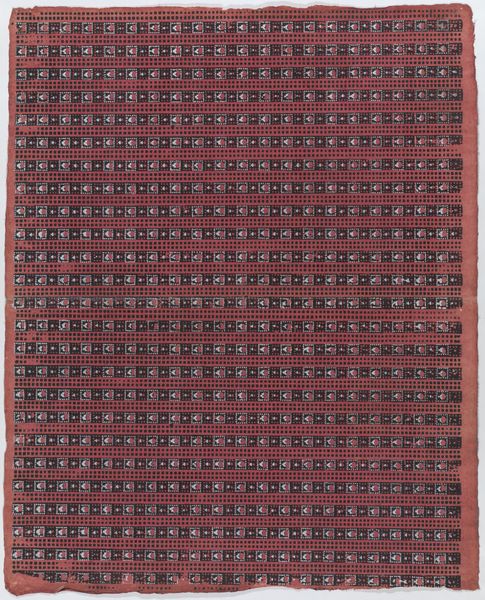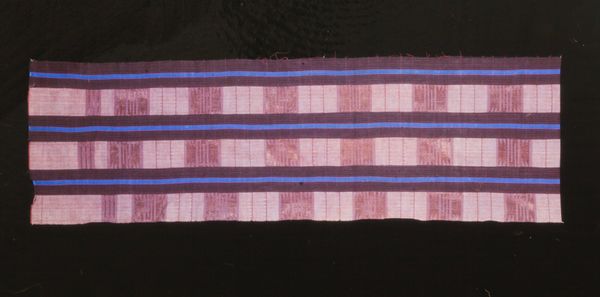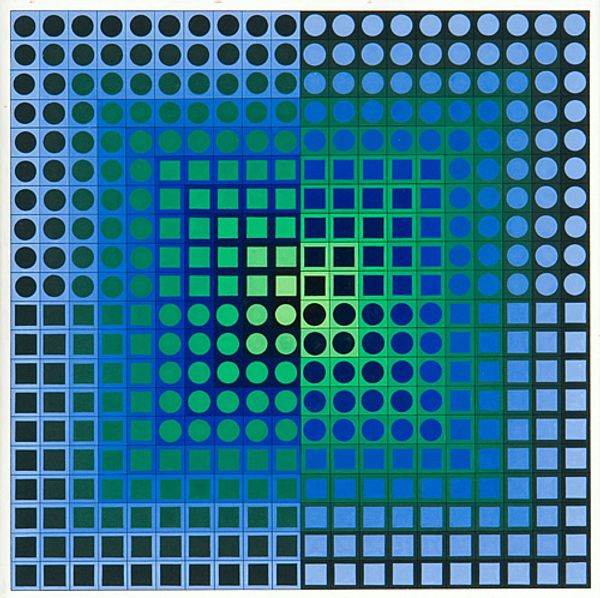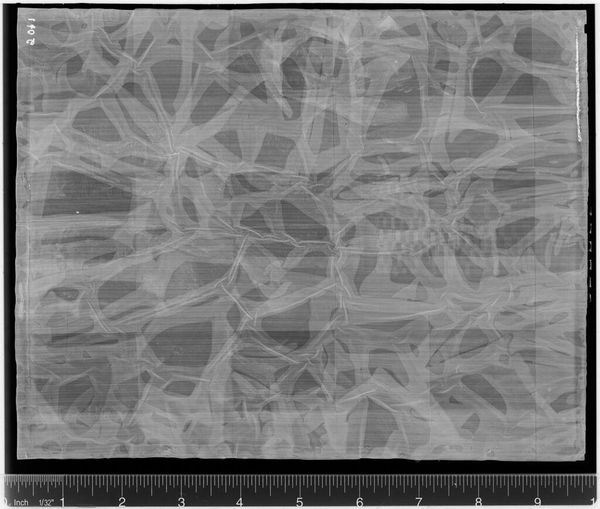
drawing, print, intaglio, graphite
#
drawing
#
metaphysical-art
# print
#
intaglio
#
perspective
#
geometric
#
graphite
#
surrealism
#
monochrome
Copyright: M.C. Escher,Fair Use
Curator: Let’s delve into M.C. Escher’s "Metamorphosis III excerpt 8" from 1968, a monochrome intaglio print showcasing the artist's fascination with geometric forms. Editor: It's captivating! The way the chessboard morphs feels very mechanical, like a planned evolution in a factory or lab more than an organic change. There's something rigid and calculated in how it unfolds. Curator: Indeed. Escher’s meticulous approach to printmaking allowed for incredible precision. Consider the labor involved in creating the printing plate itself, meticulously etching away at the metal to create these intricate details. It required specific materials, like graphite, and a mastery over the physical tools of his trade. This connects to a longer history of craft labor. Editor: And the context of its display—how was it initially exhibited, viewed, and understood by the public? These are the questions that guide my analysis. What were the prevailing artistic trends that might have influenced Escher or that Escher challenged with his approach? The choice to use an intaglio print as the final form surely influenced public reception. It’s accessible and reproducible. Curator: Certainly, the reproductive quality affects distribution, and we can't forget that, while reproducible, its creation demands immense manual labor—labor largely absent from how fine art was talked about then. I find it productive to view his optical illusions through the lens of his tools. What physical realities give way to the visual trickery he accomplished here? Editor: I would like to consider the institutional power that determines the value we place on such pieces. Why are Escher prints so beloved, enshrined in museum collections and reproduced on posters the world over? How did his art circumvent established institutions while, simultaneously, gaining cultural value? What part does this reproductive element you point to play in democratizing visual experiences? Curator: That's an interesting perspective to explore and adds another dimension to Escher’s play with material realities and social contexts. Editor: I leave with fresh consideration of how institutions can bolster but, ultimately, only complicate artists' roles in public life.
Comments
No comments
Be the first to comment and join the conversation on the ultimate creative platform.


